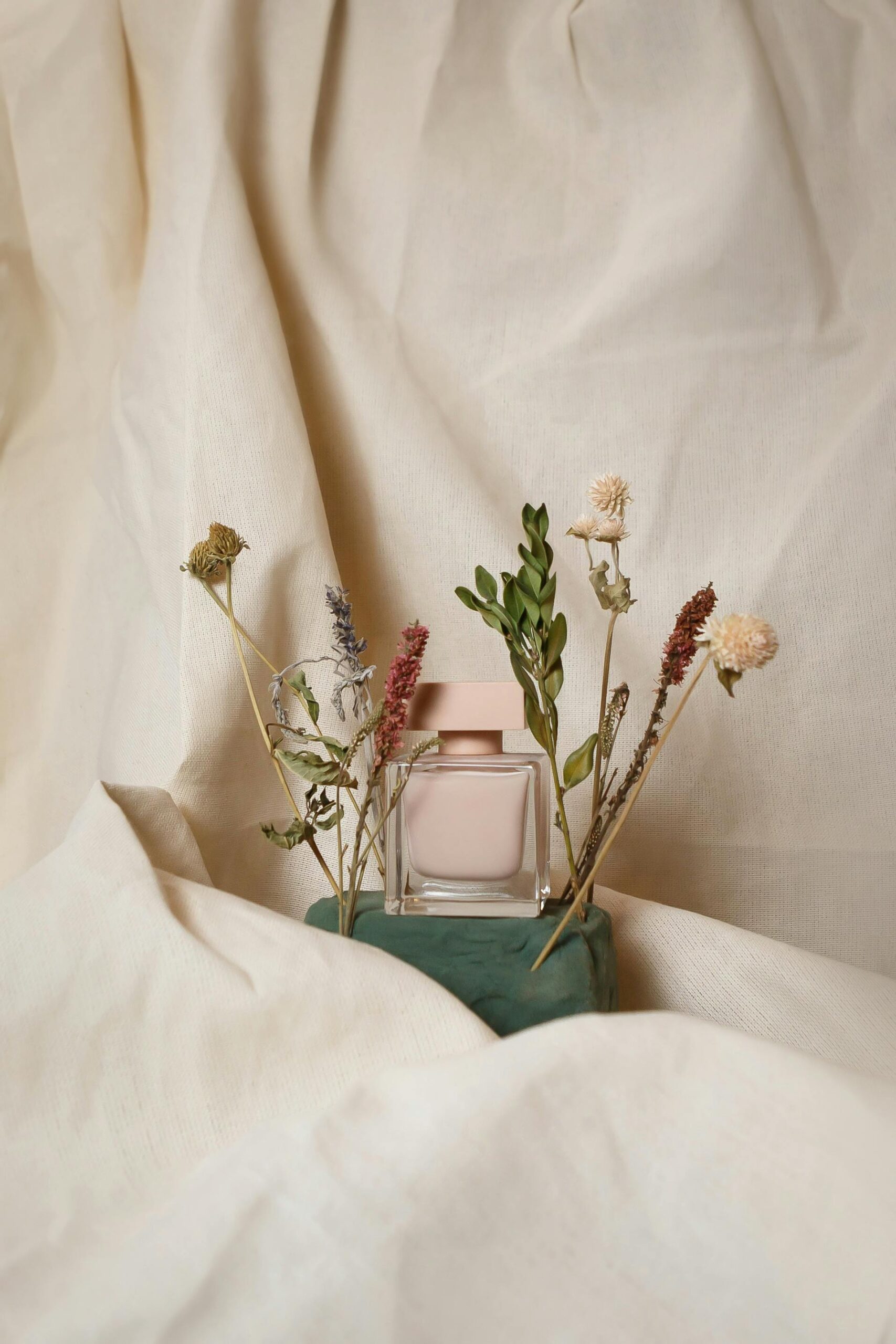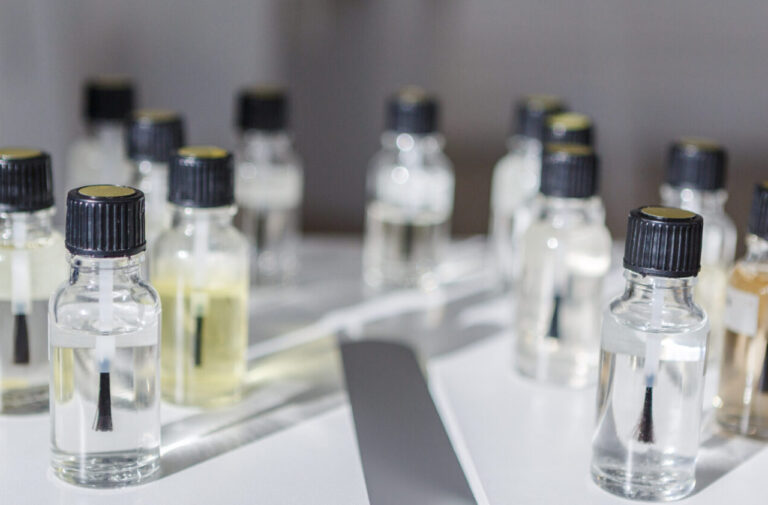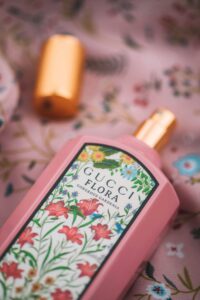
Natural vs Synthetic Perfumes
NATURAL & SYNTHETIC PERFUMES
The art of perfumery has mesmerised humanity for centuries, an ephemeral experience closely linked to beauty, luxury, and wellness. For millennia, we cultivated and harvested flowers, resins, leaves, bark, and roots for their olfactory profiles. However, since the 1820s, chemists developed methods to produce fragrant molecules with no natural origin. In modern scent design, two distinct paths diverge: natural and synthetic fragrances. Each has its devotees, peculiarities, and unique olfactory potential. In this post, we’ll explain the differences between these two fragrant worlds, delving into their history, applications, and the aromatic experiences they offer.

Naturals
Natural perfumes trace their roots back to antiquity when civilisations extracted fragrances from botanical sources and animal secretions. Many of the animals valued in perfumery have become endangered, so we choose plant-based alternatives for the richness historically offered by Civet, Musk, and Ambergris. Today, natural perfumery relies on essential oils, absolutes, and CO2 extracts. These raw materials, revered for their complexity and nuances, lend natural perfumes their depth and richness.
Natural fragrances unfold dynamically upon wearing, revealing the nuances of each botanical component as they interact with the wearer’s skin chemistry. The complexity of natural perfumes stems from the intricate interplay of these botanical essences, resulting in fragrances that evolve over time, much like a living organism. The olfactory journey offered by natural perfumes is akin to a stroll through a botanical garden, with each scent note unfolding organically, from the crisp freshness of Citrus to the earthy warmth of Patchouli, natural perfumes evoke a visceral connection to nature, invoking memories and emotions with every inhale.
In the modern age, natural perfumers also have another tool in their kit with natural isolates. These are individual molecules found in a range of botanicals that are extracted in isolation from their plant sources, and give scent designers a level of control over their compositions that is difficult to achieve with whole plant ingredients. For example, to create a fresh-cut Rose note, a perfumer might add a touch of linalool to suggest the green sap of the stem. Mandy Aftel (who you might recall from our Expert Series) has a wonderful recent book which is a great resource if you would like to learn more about isolates!
synthetics
Synthetic perfumes emerged in the fragrance market in the late 19th century with the advent of organic chemistry. Chemists began to replicate natural scents or create entirely new ones in laboratories. One of the first fragrance molecules to be synthesized for use in perfumery was Coumarin, a softly vanilla, hay-like note naturally occurring in Tonka Bean. Synthetic fragrances, often derived from petrochemicals, offer perfumers an extensive palette of aromas to craft compositions that mimic natural scents or venture into uncharted olfactory territories.
Synthetic perfumes boast a diverse array of molecules meticulously engineered to replicate or create specific scents. Perfumers can manipulate these synthetic compounds with precision, crafting fragrances with unparalleled consistency and longevity. While synthetic perfumes lack the depth and soul of natural counterparts, others appreciate their uniformity and longevity, which remain stable across various environmental conditions.
Synthetic perfumes offer a more uniform and predictable olfactory experience. These fragrances often feature bold, long-lasting, scent profiles that make a statement upon application and remain consistent throughout the day. While lacking the complexity of natural perfumes, synthetic fragrances appeal to those seeking reliability and longevity in their scent choices.

COMPARISON
NATURAL PERFUMES:
- Ingredients derived from plant sources such as essential oils, absolutes, and extracts.
- Offers aromatherapy benefits of high-quality botanicals.
- Compositions unfold dynamically, evolving over time on the skin.
- Complexity stems from the interaction of various botanical essences.
- Evokes a visceral connection to nature, invoking memories and emotions.
- Notes have depth and richness.
SYNTHETIC PERFUMES:
- Formulated using synthetic molecules often derived from petrochemicals.
- Ingredients are created or replicated in laboratories.
- Fragrances offer uniformity and longevity across various environmental conditions.
- Bold, long-lasting scent profiles make a statement upon application.
- Precision in crafting allows for consistent scent experiences.
- Offers longevity and shelf stability.
Our masterclasses are now available to book online. We hope you join us for a full-day of instruction with high quality perfume botanicals.
Book Now
“Perfume is the invisible, unforgettable, fashionable accessory that announces your arrival and prolongs your departure”
– Coco Chanel




Leave a comment